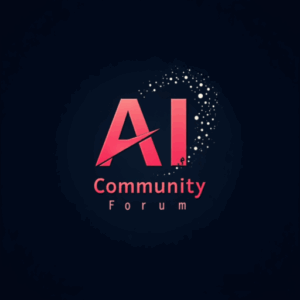Human development progression has seen an unprecedented slowdown since the pandemic, and a United Nations Development Programme (UNDP) report shows that AI could reignite the development.
The report analyses development progress across various indicators, such as the Human Development Index (HDI), which consists of accomplishments in health and education, along with income levels. The report’s projection for 2024 has revealed stalled progress on the HDI worldwide.
“For decades, we have been on track to reach a very high human development world by 2030, but this deceleration signals a real threat to global progress,” said UNDP administrator Achim Steiner. “If 2024’s sluggish progress becomes ‘the new normal’, that 2030 milestone could slip by decades, making our world less secure, more divided, and more vulnerable to economic and ecological shocks.”
For countries with the lowest HDI scores, the challenges are severely driven by increasing trade tensions, a worsening debt crisis and the rise of jobless industrialisation. The report says that India has the highest self-reported AI skills penetration, with digital infrastructure speeding up the use of AI.
According to the UNDP, India’s HDI score in 2023 was 0.685, which falls under the medium human development category based on progress in health, education, and income. The report also highlighted that India AI is helping farmers get real-time support, including insurance and subsidies in local languages, which depends on combining many different data sources.
“The choices we make in the coming years will define the legacy of this technological transition for human development,” said Pedro Conceição, director of UNDP’s Human Development Report Office.
“With the right policies and focus on people, AI can be a crucial bridge to new knowledge, skills, and ideas that can empower everyone from farmers to small business owners,” Conceição added.
The report also highlights that digital labour platforms can increase women’s participation in the labour force, particularly from marginalised groups, by acting as a bridge between them and the labour markets.



